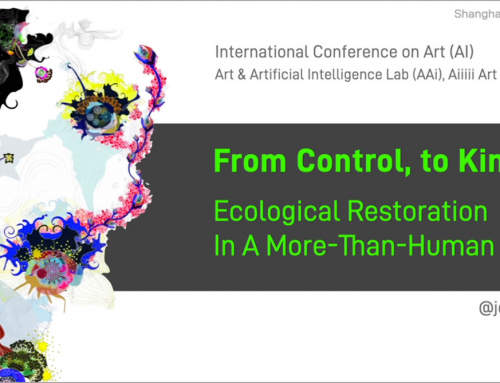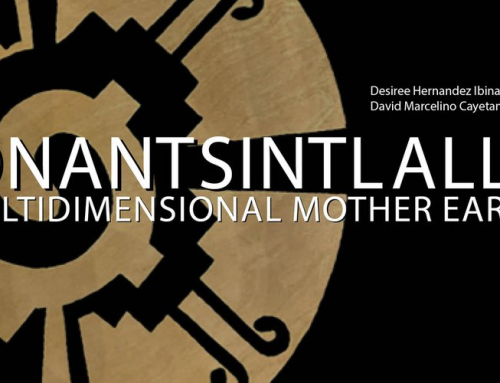In the UK at least 20 local authorities have brought forward innovative answers to climate change. This roll call includes Woking, Kirklees, Barnsley, Nottingham, Braintree, and Merton. This cheering list is included in an excellent piece by Jonathon Porritt in Nesta’s Annual Review. (His bit is on page 56).
Having reminded us that many good things are happening at a local level, Porritt goes on to warn that getting these innovative programmes mainstreamed across the whole of local government has proved a massive problem. “Politicians would have us all believe that they have ‘got’ climate change – but they absolutely haven’t” writes Porritt. These local programmes have been launched “without the slightest encouragement from central government”. He describes as ‘eco-cidal” the conception of economic progress that is hard-wired into policy – and therefore shapes how governments spend our money.
A good example of ecocidal policy in action was an announcement last week concerning the Design Centre of the North (DCN). The regional development agency, One North East, has published a public call for tenders for organisations to run the new institution.
The word sustainability does not appear, once, in the accompanying text – despite the fact that 80 percent of the environmental impact of products and buildings is determined at the design stage.
How could this happen? The answer lies in the rules which determine how these government agencies work. A development project may only be funded if it contributes to growth, productivity, and “Gross Value Added.” Otherwise stated, unsustainable business-as-usual. So although a project like DCN may be regional, the rules that determine its financing are set and enforced by central government (and often by the European Commisson) – the two centres of power where, in Jonathon Porritt’s assessment, eco-cidal inertia is strongest.
The picture is not all black and white. This same development agency that’s promoting a sustainability-free DCN was also the major funder (along with the Design Council) of Dott 07 – which was all about sustainability. And I must say, as its programme director, that both these stakeholders were exemplary and supportive partners.
The reasons a major public agency, which spends hundreds of millions of public money each year, can face in two opposite directions at once, are partly technical and partly cultural.
Technically, because it was not a capital or infrastructure project, Dott 07 could be run at arm’s length. Design Centre of the North, as a capital project, had to be the subject of a laborious consultation process. This process, crucially, engaged only with parties with a vested interest in design: industry, design schools, the design profession, and so on.
Most of those consulted agreed that a new institution, set up to support their interests, but paid for by the taxpayer, would be a splendid addtion to the region’s landscape. What a surprise.
The fatal flaw in this procedure was that sustainability was excluded as an interested party.
The cultural factor here is that many economic development officials are enchanted by a bright, shiny and high-tech vision of of the future.”Sustainability” sounds boring compared to an all-things-new economy. Muddy food-growing allotments, or car-sharing schemes, are perceived as sad and backward remnants of a grim past compared to glossy buildings filled with all things bio and nano – and “design”.
The DCN epsode is dispriting – but raging against a flawed system is seldom productive. I remind myself. A better use of one’s life energy is to support the myriad exciting projects led by “improbable contenders” that, in Jonathon Porritt’s words,”just get on and do stuff”.
Professional design bodies and old-paradigm design schools will persist in dragging their feet – but they are baggage we can afford to leave behind.




